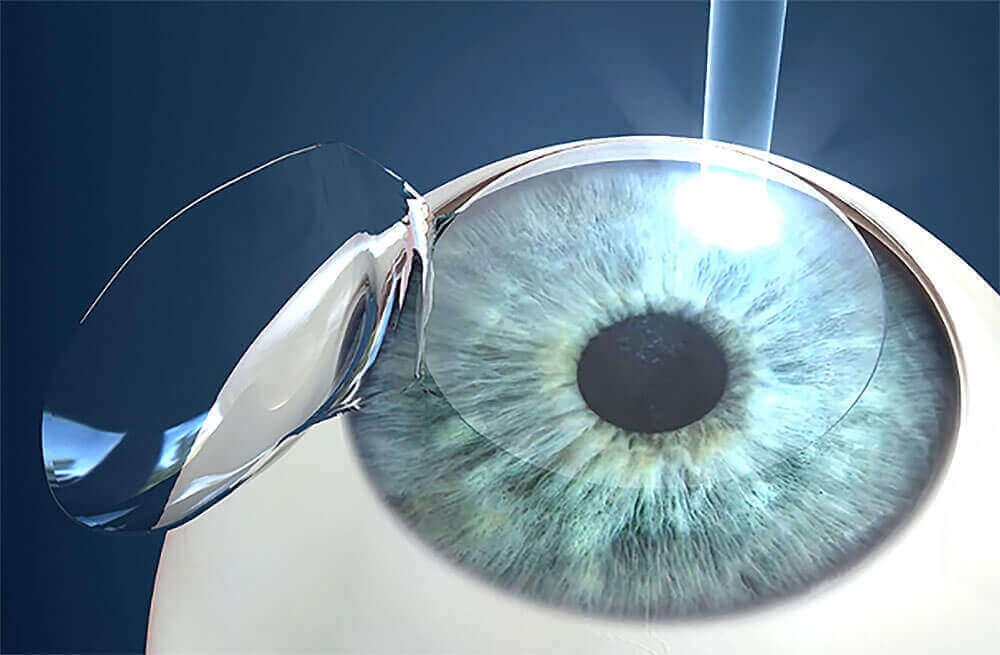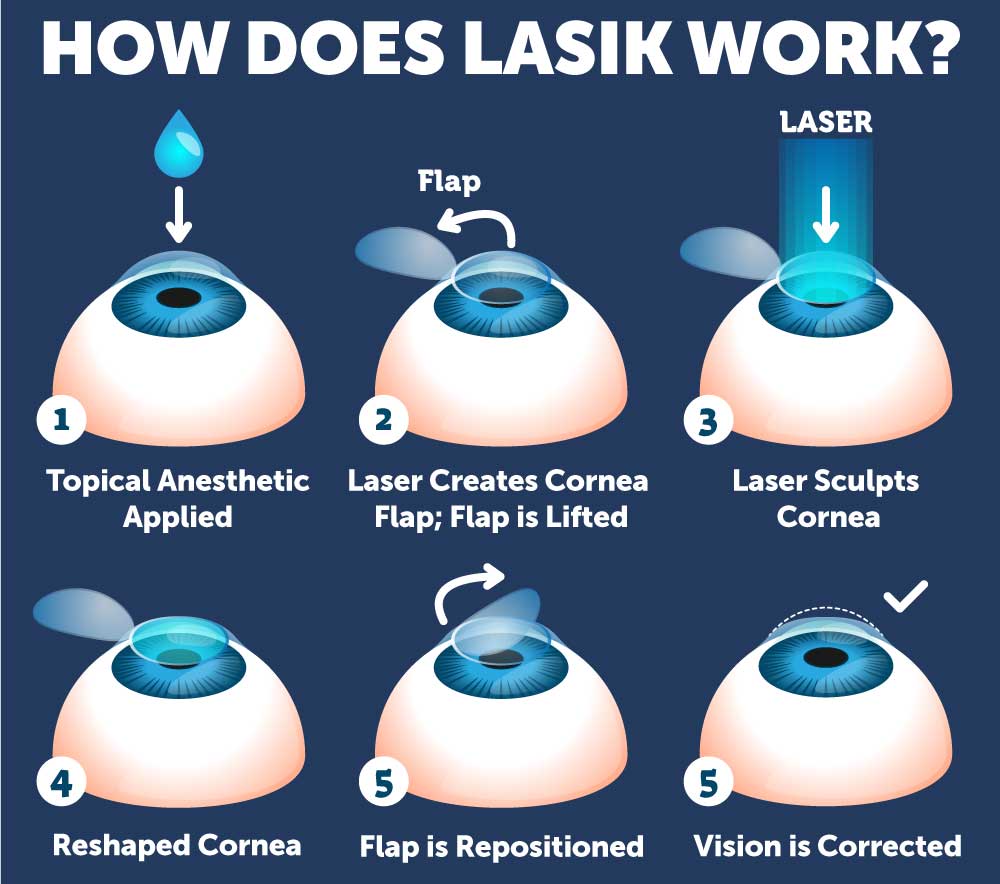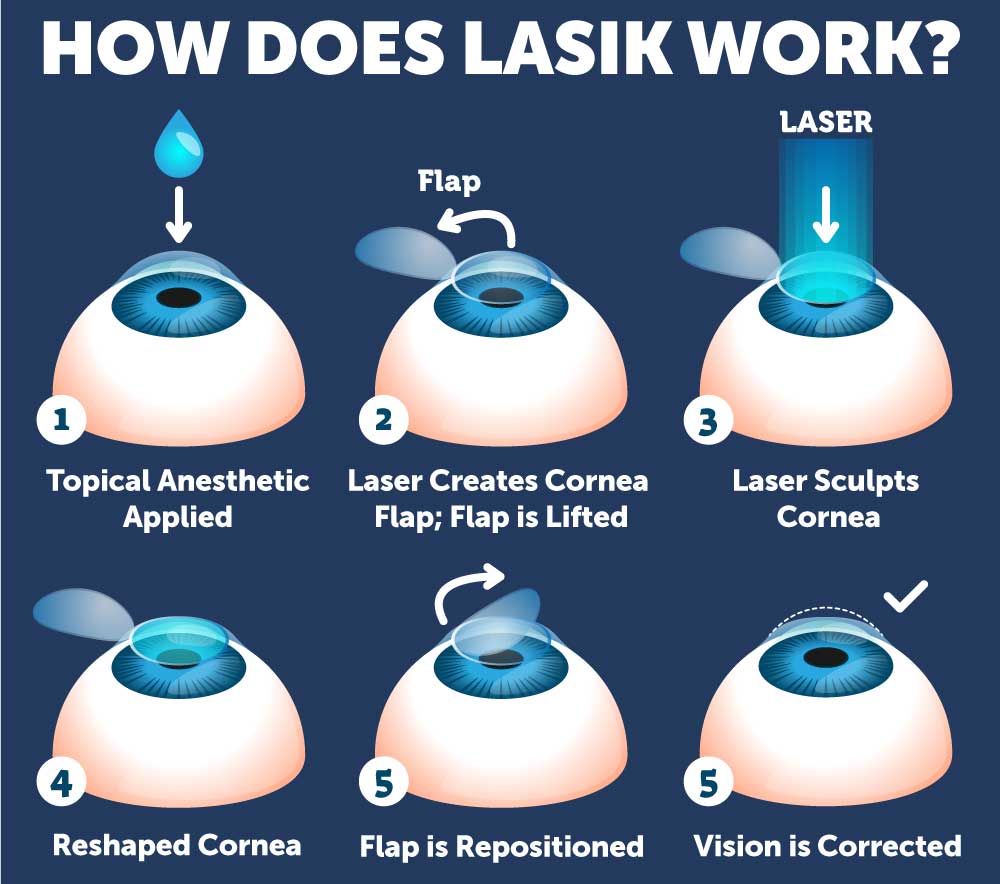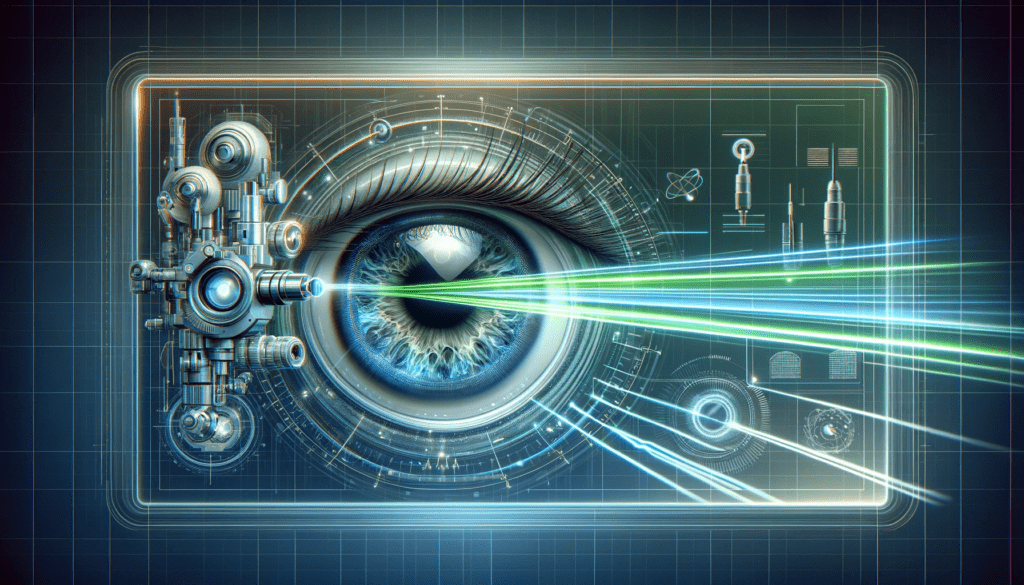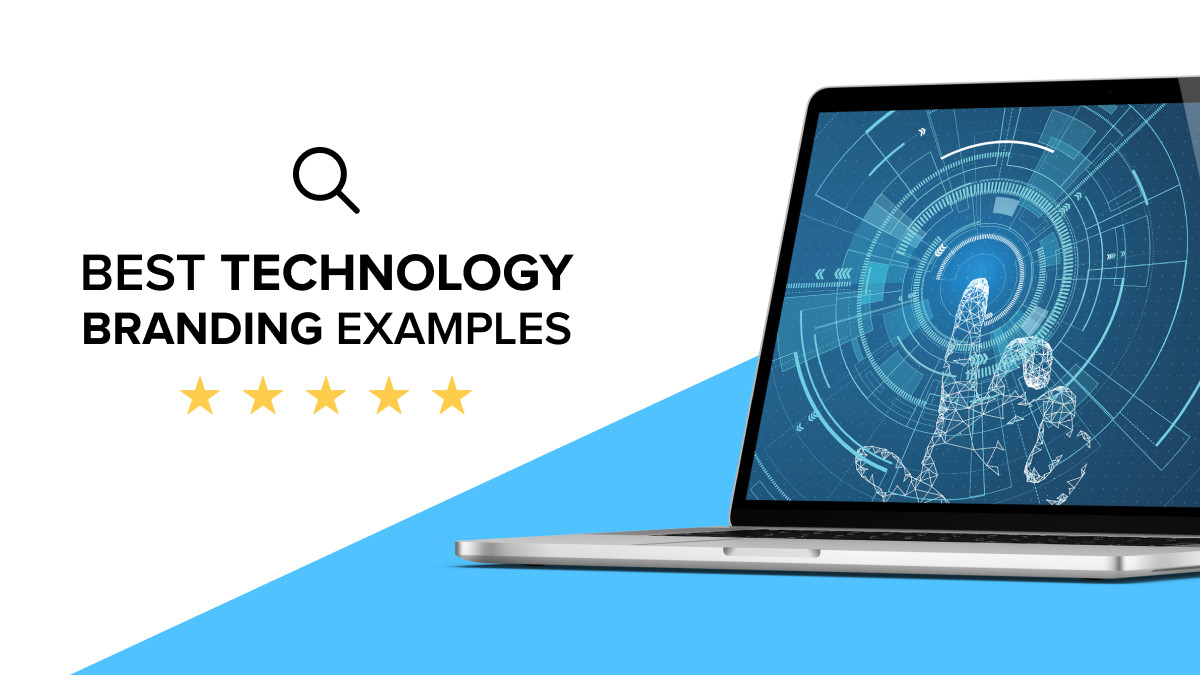New Eyeglass Lens Technology: Revolutionizing Vision
New eyeglass lens technology has revolutionized the way we see the world, offering advancements that go beyond simply correcting vision. From self-cleaning coatings to personalized lens designs, these innovations enhance […]
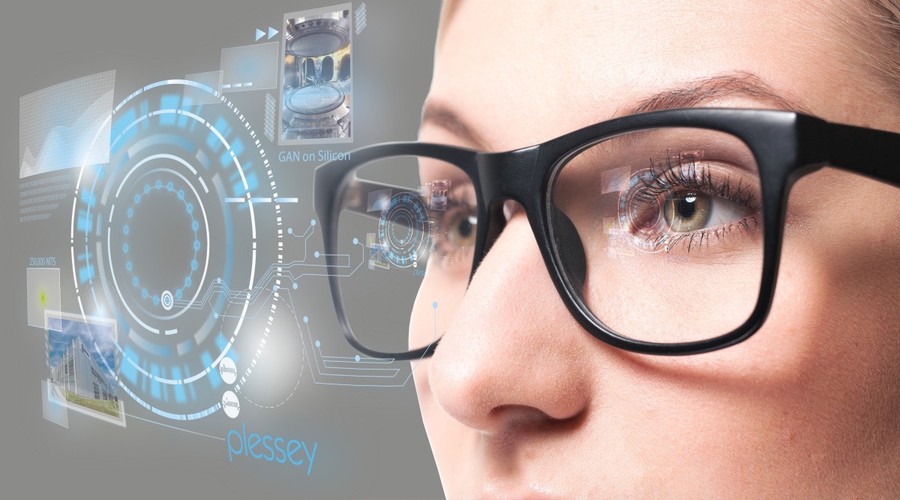
New eyeglass lens technology has revolutionized the way we see the world, offering advancements that go beyond simply correcting vision. From self-cleaning coatings to personalized lens designs, these innovations enhance clarity, comfort, and even our digital well-being.
The journey of eyeglass lens technology has been marked by constant innovation. Early lenses, crafted from materials like glass, were bulky and prone to scratches. However, advancements in materials science have led to the development of lighter, more durable, and optically superior lenses, such as high-index plastics and polycarbonate.
Evolution of Eyeglass Lens Technology
The journey of eyeglass lens technology is a fascinating tale of innovation and ingenuity, spanning centuries and constantly pushing the boundaries of visual clarity and comfort. From the rudimentary lenses of the past to the sophisticated designs of today, this evolution has dramatically improved the lives of millions.
Materials Used for Eyeglass Lenses
The materials used for eyeglass lenses have undergone a significant transformation over time, driven by the pursuit of better optical properties and durability.
- Early Lenses (13th Century): The earliest lenses were crafted from rock crystal, a naturally occurring mineral with good optical properties. These lenses were often thick and heavy, making them cumbersome to wear.
- Glass Lenses (16th Century): The invention of glassmaking techniques revolutionized lens production. Glass lenses offered better clarity and affordability compared to rock crystal, leading to their widespread adoption. Early glass lenses were often prone to scratches and imperfections.
- Plastic Lenses (20th Century): The introduction of plastic lenses in the 20th century marked a significant advancement. Plastic lenses were lighter, more shatter-resistant, and less expensive than glass lenses, making them a popular choice for eyeglasses. However, early plastic lenses often had lower refractive indices, leading to thicker and heavier lenses for high prescriptions.
- High-Index Plastic Lenses (Late 20th Century): The development of high-index plastic materials with higher refractive indices enabled the production of thinner and lighter lenses, especially for individuals with high prescriptions. These materials offered improved aesthetics and comfort.
- Polycarbonate Lenses (1970s): Polycarbonate lenses gained popularity for their exceptional impact resistance, making them ideal for children’s eyeglasses and safety eyewear. They are also lightweight and offer good UV protection.
- High-Index Polycarbonate Lenses (1990s): The combination of high-index and polycarbonate properties led to the creation of lenses that are both impact-resistant and thin, further enhancing the comfort and aesthetics of eyeglasses.
Lens Design Advancements
The evolution of lens design has paralleled the development of lens materials, leading to increasingly sophisticated lenses that provide superior visual acuity and comfort.
- Spherical Lenses: The earliest lenses were spherical, meaning they had a uniform curvature. While simple and effective, spherical lenses introduced distortions, particularly at the edges of the lens.
- Aspheric Lenses: Aspheric lenses have a non-uniform curvature, which reduces distortion and provides sharper vision, especially at the periphery. They also allow for thinner lenses, especially for high prescriptions.
- Progressive Lenses: Progressive lenses, also known as “no-line bifocals,” offer seamless vision correction for near, intermediate, and far distances. They feature a gradual transition in lens power, eliminating the visible lines found in traditional bifocals.
- High-Index Lenses: High-index lenses, made from materials with higher refractive indices, are thinner and lighter than traditional lenses, especially for high prescriptions. They offer improved aesthetics and comfort.
Lens Material Properties
| Property | Glass | Plastic | Polycarbonate | High-Index Plastic |
|---|---|---|---|---|
| Clarity | Excellent | Good | Good | Excellent |
| Durability | High | Moderate | High | Moderate |
| Weight | Heavy | Light | Very light | Light |
| Refractive Index | 1.52 | 1.50 | 1.58 | 1.60-1.74 |
Emerging Lens Technologies
The evolution of eyeglass lenses has been driven by a constant pursuit of enhanced visual clarity, comfort, and protection. Emerging technologies are pushing the boundaries even further, offering innovative solutions that address specific visual needs and improve the overall user experience.
Self-Cleaning and Anti-Reflective Coatings, New eyeglass lens technology
These coatings enhance the clarity and ease of use of eyeglasses. Self-cleaning coatings use a hydrophilic material that attracts water molecules, allowing water to spread evenly across the lens surface, effectively removing dust, dirt, and fingerprints. Anti-reflective coatings minimize light reflections from the lens surface, reducing glare and enhancing visual clarity, especially in bright light conditions.
Photochromic Lenses
Photochromic lenses, also known as transition lenses, adapt to changing light conditions by darkening in response to ultraviolet (UV) radiation. These lenses contain molecules that change their structure when exposed to UV light, reducing the amount of light that passes through the lens. The darkening effect is reversible, allowing the lenses to lighten in low-light conditions. This adaptability offers enhanced visual comfort and protection in a variety of environments. For example, photochromic lenses can darken in bright sunlight, protecting the eyes from harmful UV rays, and lighten indoors or at night, providing clear vision in low-light conditions.
Blue Light Filtering Lenses
Blue light filtering lenses are designed to reduce the amount of blue light emitted from digital devices, such as smartphones, computers, and tablets. Blue light, a type of high-energy visible light, can contribute to digital eye strain, headaches, and sleep disruption. Blue light filtering lenses often have a yellow tint that helps to block blue light wavelengths, reducing eye fatigue and improving sleep quality. For instance, studies have shown that wearing blue light filtering glasses before bed can improve sleep quality by reducing the suppression of melatonin, a hormone that regulates sleep cycles.
Personalized Lens Technology: New Eyeglass Lens Technology
Gone are the days of one-size-fits-all eyeglass lenses. Today, advancements in technology are revolutionizing the way lenses are designed, ushering in an era of personalized vision care. This new era of personalized lens technology focuses on tailoring lenses to the unique visual needs of each individual, ensuring optimal clarity, comfort, and visual performance.
Digital Lens Mapping
Digital lens mapping is a crucial process in personalized lens technology. It involves using advanced imaging equipment to create a detailed map of the wearer’s eye, capturing precise measurements of corneal curvature, lens power, and other critical parameters. This digital map serves as the blueprint for crafting custom lenses that perfectly match the individual’s unique eye characteristics.
The process of digital lens mapping typically involves the following steps:
- The wearer’s eyes are carefully examined using sophisticated imaging equipment, such as corneal topographers and wavefront aberrometers. These instruments capture precise measurements of the eye’s shape, surface irregularities, and refractive errors.
- The collected data is then processed using specialized software to create a detailed digital map of the wearer’s eye. This map represents a comprehensive and accurate representation of the eye’s unique characteristics.
- The digital lens map is then used to design and manufacture custom lenses that precisely correct the wearer’s vision, minimizing distortions and maximizing visual clarity.
This personalized approach to lens design ensures that each lens is uniquely crafted to address the individual’s specific vision needs, resulting in a more comfortable and visually satisfying experience.
Artificial Intelligence in Lens Design
Artificial intelligence (AI) is playing an increasingly important role in optimizing lens design. AI algorithms are capable of analyzing vast amounts of data, including individual eye characteristics, environmental factors, and visual preferences, to generate highly personalized lens prescriptions.
AI-powered lens design systems can:
- Analyze the digital lens map and identify areas where vision correction is required, taking into account the individual’s unique eye shape and refractive errors.
- Optimize the lens design to minimize aberrations and distortions, ensuring sharper and clearer vision across the entire field of view.
- Recommend the best lens materials and coatings based on the individual’s lifestyle and visual needs, maximizing comfort and performance.
“AI is transforming the way we design and manufacture eyeglass lenses, enabling us to create truly personalized solutions that cater to the unique needs of each individual.” – Dr. Jane Smith, Vision Science Researcher
By leveraging the power of AI, personalized lens technology is continuously evolving, offering even more precise and customized solutions for improved vision and overall eye health.
Future Directions in Eyeglass Lens Technology

The realm of eyeglass lens technology is poised for a transformative evolution, driven by the convergence of cutting-edge scientific advancements and a growing demand for personalized and enhanced visual experiences.
Nanotechnology and Biocompatible Materials
Nanotechnology holds immense promise in revolutionizing eyeglass lens design. The ability to manipulate materials at the nanoscale opens up possibilities for creating lenses with unprecedented properties. For example, incorporating nanoparticles into lens materials can enhance scratch resistance, anti-reflective coatings, and even the ability to filter specific wavelengths of light, improving visual clarity and reducing eye strain.
Biocompatible materials are another area of focus, aiming to create lenses that are not only comfortable to wear but also interact harmoniously with the human body. These materials could potentially reduce allergic reactions and enhance long-term wearability, particularly for individuals with sensitive skin or specific medical conditions.
Adaptive Optics
Adaptive optics technology, currently employed in astronomy and other fields, is being explored for its potential in eyeglass lenses. This technology uses deformable mirrors to adjust the shape of the lens in real time, compensating for distortions caused by eye movements, changes in light conditions, or even fluctuating refractive errors. Adaptive optics lenses could offer superior visual clarity and potentially even correct for certain types of eye diseases, significantly improving vision for a wide range of users.
Augmented Reality and Virtual Reality Integration
The integration of augmented reality (AR) and virtual reality (VR) features into eyeglass lenses presents a fascinating avenue for future development. AR overlays digital information onto the real world, while VR creates immersive virtual environments. Imagine eyeglass lenses that can display directions, translate languages in real time, or provide interactive gaming experiences, all without requiring separate devices.
While technical challenges remain, the potential for AR and VR-enabled eyeglass lenses is immense. This technology could revolutionize communication, entertainment, and even healthcare, transforming the way we interact with the world around us.
Closing Notes
The future of eyeglass lens technology holds immense potential, with emerging technologies poised to further revolutionize the way we see. From lenses that adapt to changing light conditions to those incorporating augmented reality features, the possibilities are endless. As technology continues to evolve, we can expect even more innovative solutions that enhance our vision and transform the way we interact with the world around us.
New eyeglass lens technology is constantly evolving, offering sharper vision and enhanced features. For those seeking a high-tech audio experience alongside their eyewear, the jarre technologies aerobull hd headphones offer a sleek and comfortable solution. These headphones seamlessly integrate with your glasses, providing immersive audio while keeping your vision clear and unobstructed.
The advancements in both eyeglass lens technology and audio technology are merging to create a more connected and enhanced user experience.
